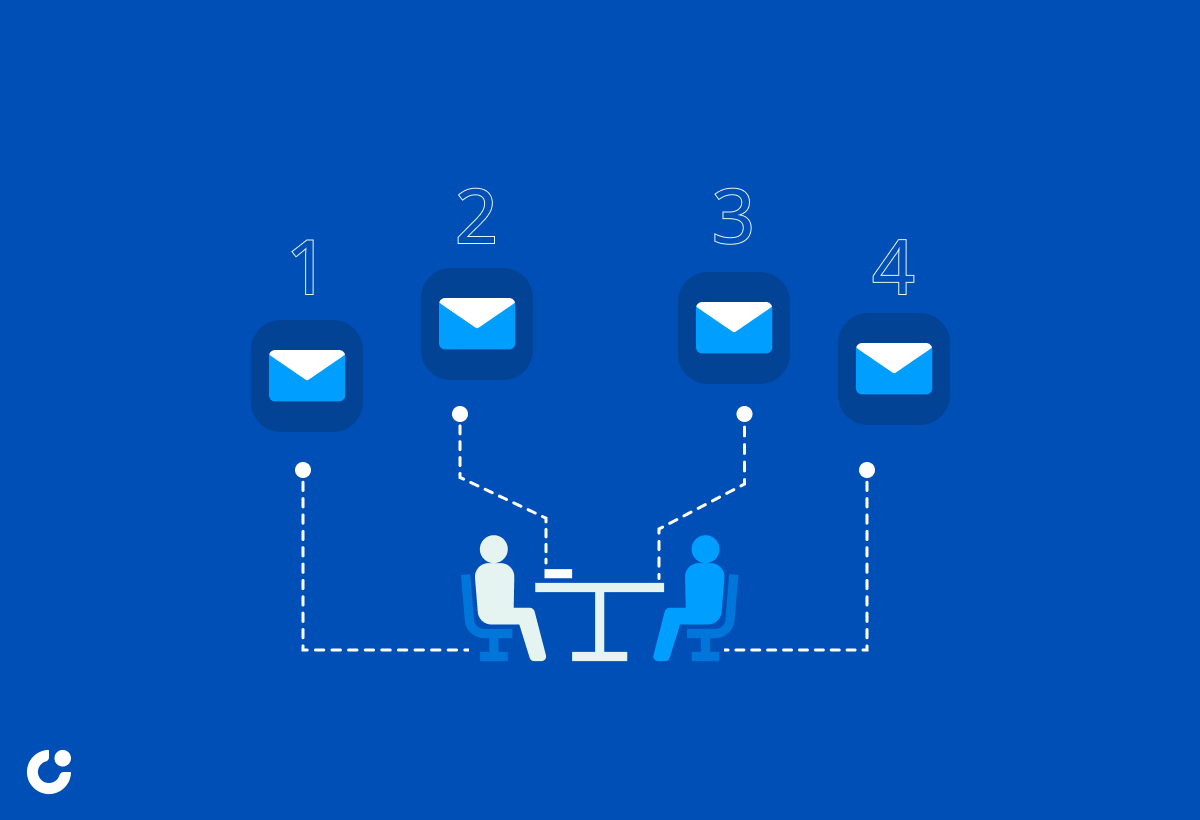In the fast-paced world of business, keeping the momentum going after a meeting is crucial for success. Follow-up emails play a vital role in strengthening professional relationships, ensuring task completion, and keeping everyone informed.
But what are the key components of an effective follow-up email? How can you craft the perfect message that gets results? This article covers tips and tools for seamless meeting follow-ups, along with templates for different scenarios.
Stay tuned to learn how to master the art of the follow-up email and take your professional communication to the next level.
Key Takeaways:
Follow-up emails are essential in building professional relationships, ensuring task completion, and keeping everyone informed.
An effective follow-up email should include a recap of main points, action items, responsibilities, timeline, and next steps.
To craft the perfect follow-up email, be timely, personalize your message, and keep it concise and clear.
Importance of Follow-Up Emails
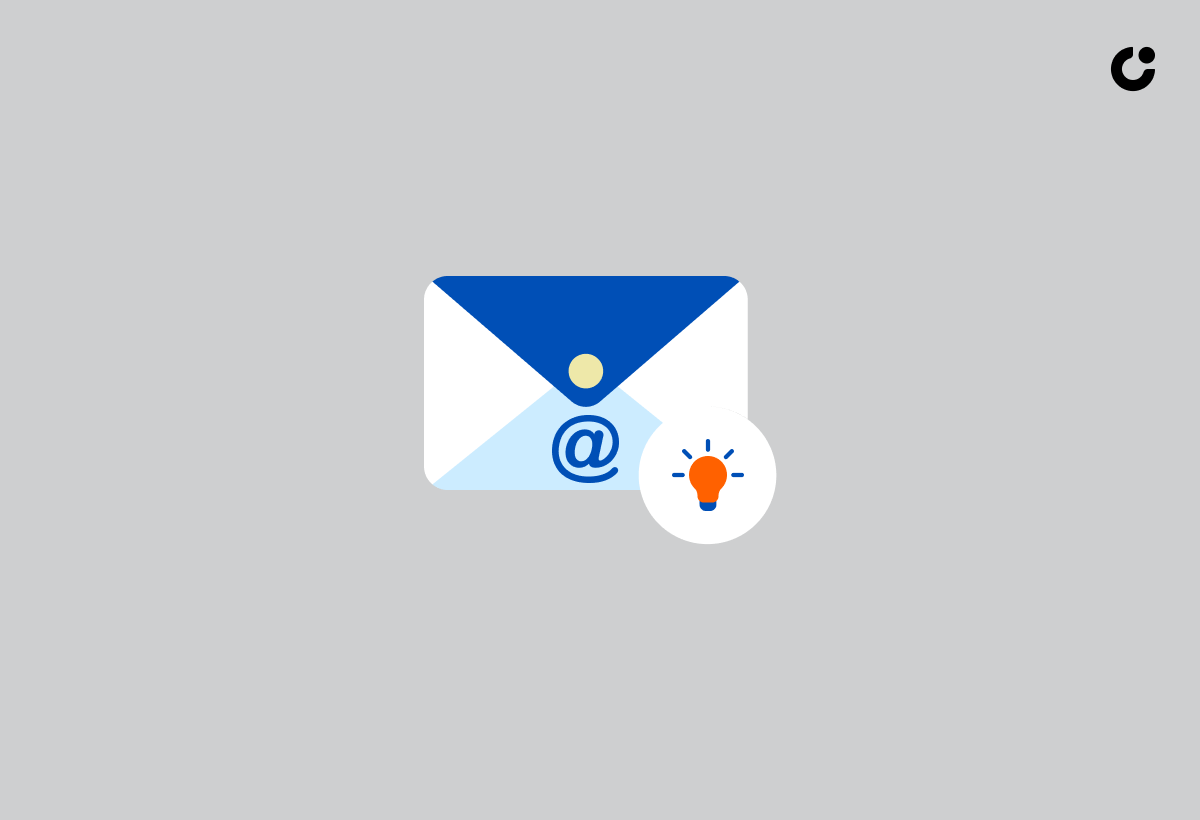
Follow-up emails play a crucial role in fostering professional relationships post-meeting, networking event, or business interaction. The manner in which these emails are crafted can significantly impact the future course of action and the strength of business communication within a CRM system.
Following up after a meeting or event shows your commitment to building connections and furthering collaboration. It allows for a seamless continuation of dialogue and keeps the conversation momentum going. Timely and well-thought-out follow-up emails demonstrate professionalism and attention to detail, which are highly regarded in the business world. By sending personalized messages that reference specific discussions, you convey authenticity and strengthen the rapport established during the initial interaction.
Strengthening Professional Relationships

Strengthening professional relationships through follow-up emails is paramount in cultivating lasting bonds and fostering a conducive environment for future collaboration.
Follow-up emails play a crucial role in demonstrating commitment and appreciation to your professional connections. By sending personalized messages that express genuine gratitude for past interactions or meetings, you not only showcase your professionalism but also strengthen the emotional aspect of your relationships. This personal touch goes a long way in building trust and rapport with your contacts, leading to more meaningful and productive collaborations. For instance, a follow-up email expressing gratitude for a successful business deal can set the stage for further partnership opportunities and solidify the relationship between the parties involved.
Ensuring Task Completion

Follow-up emails are essential for ensuring task completion by outlining action items, assigned responsibilities, and key decisions made during a meeting. They serve as a commitment tracker and aid in decision-making processes post-engagement.
These follow-up emails play a crucial role in maintaining seamless communication channels among teams by providing a reference point for all parties involved.
By clearly outlining the deliverables and deadlines, follow-up emails help team members stay aligned and accountable, thus fostering a culture of responsibility and ownership.
They serve as a documentation tool, capturing crucial details and agreements reached, which can be referenced in future interactions or for clarification purposes.
Keeping Everyone Informed
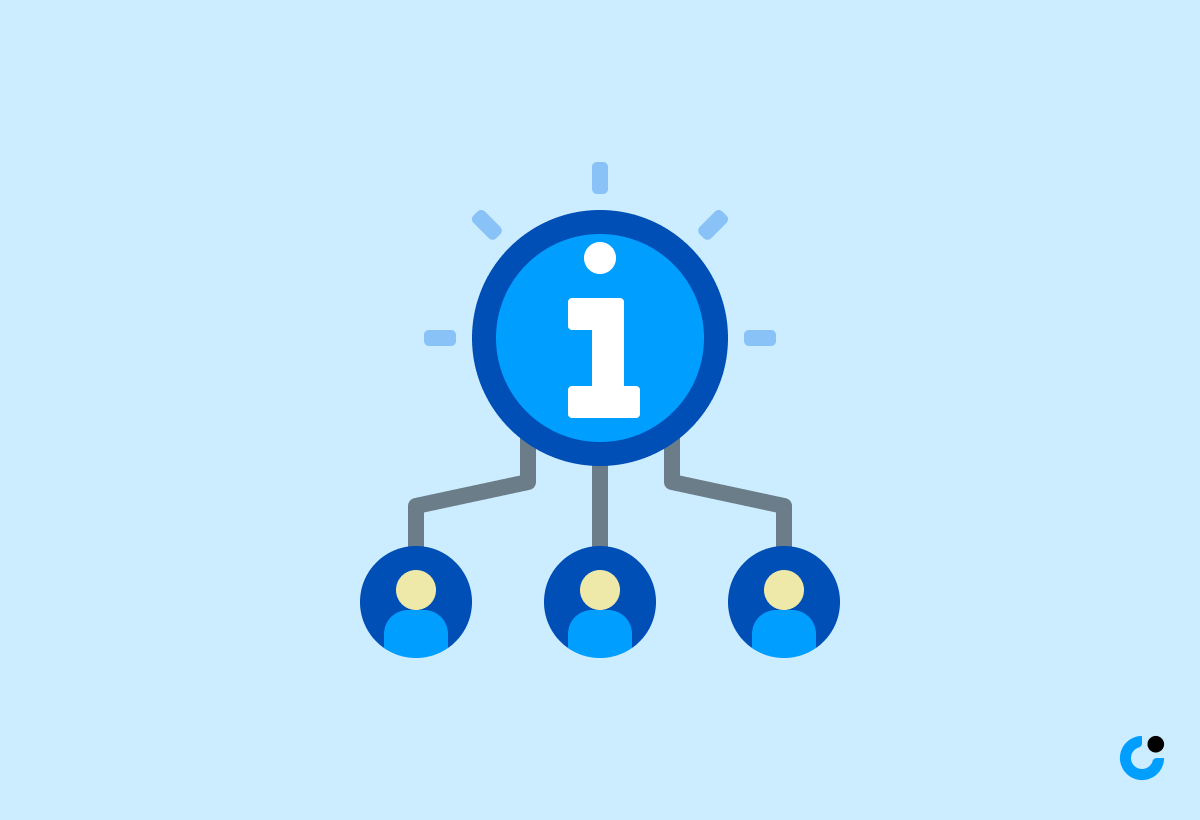
Follow-up emails play a vital role in keeping everyone informed about meeting outcomes, key decisions, and actionable follow-ups. They provide a concise summary of the engagement, encourage meeting engagement, and offer valuable feedback for future improvements.
By disseminating detailed notes and action items, follow-up emails ensure that all attendees are aligned on the discussed topics and next steps. These emails act as a reference point for stakeholders who may need to revisit specific discussions or decisions.
Sending follow-up emails promptly after a meeting reinforces accountability and ownership of tasks assigned during the meeting. This proactive approach enhances productivity and drives progress towards meeting objectives and organizational goals.
By encouraging recipients to ask questions or provide additional input, these emails foster a culture of open communication and collaboration among team members.
Leveraging valuable feedback obtained from follow-up emails allows for continuous improvement of meeting processes, agendas, and overall effectiveness, creating a platform for constructive dialogue and growth.
Key Components of an Effective Follow-Up Email
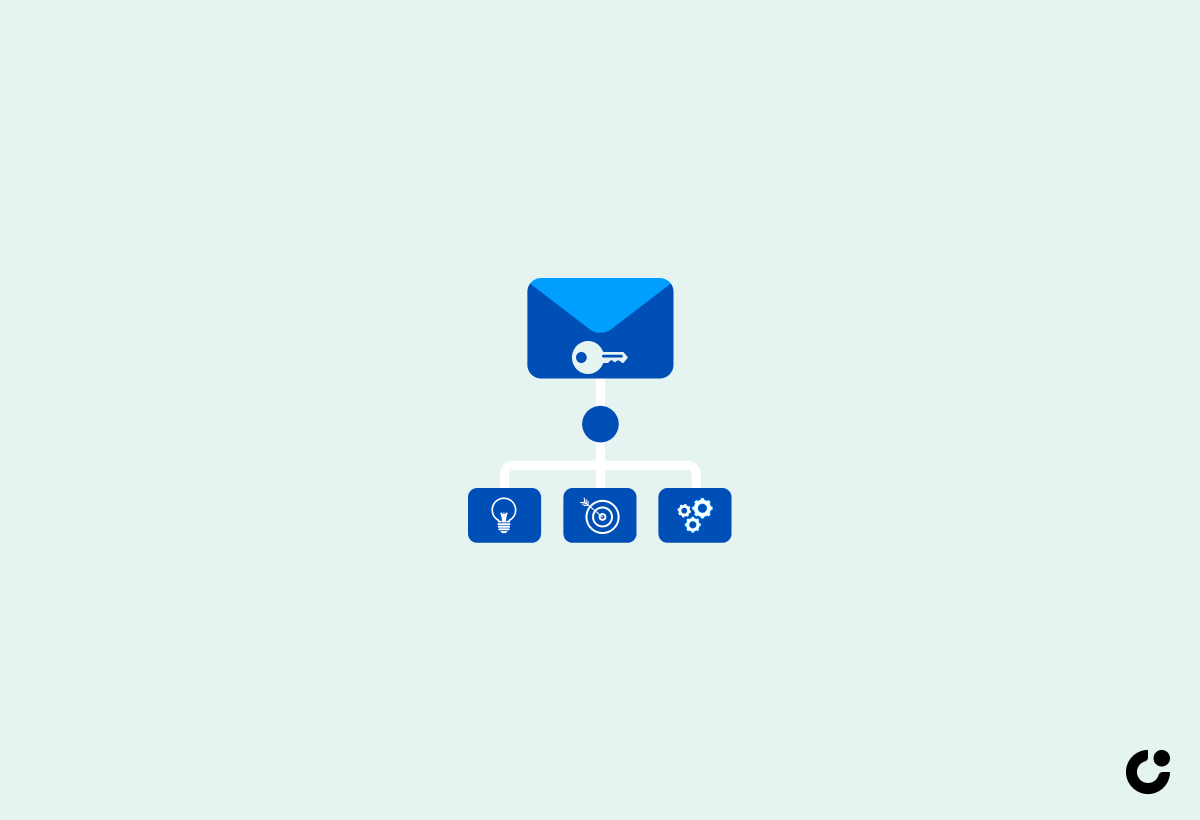
An effective follow-up email comprises a concise recap of key points discussed, actionable follow-ups, and a structured summary of the meeting content. Its email structure plays a crucial role in conveying information effectively and facilitating further actions.
Clarity is paramount when summarizing the main ideas to ensure understanding. This clarity should extend to actionable items specified in the email, making it easy for recipients to grasp next steps. A well-organized structure, such as using bullet points or numbered lists, enhances readability. Providing a clear call to action and deadline for responses can help drive desired outcomes. Remember, conciseness is key; keeping the email concise yet comprehensive avoids overwhelming the recipient and increases the chances of a prompt response.
Recap of Main Points
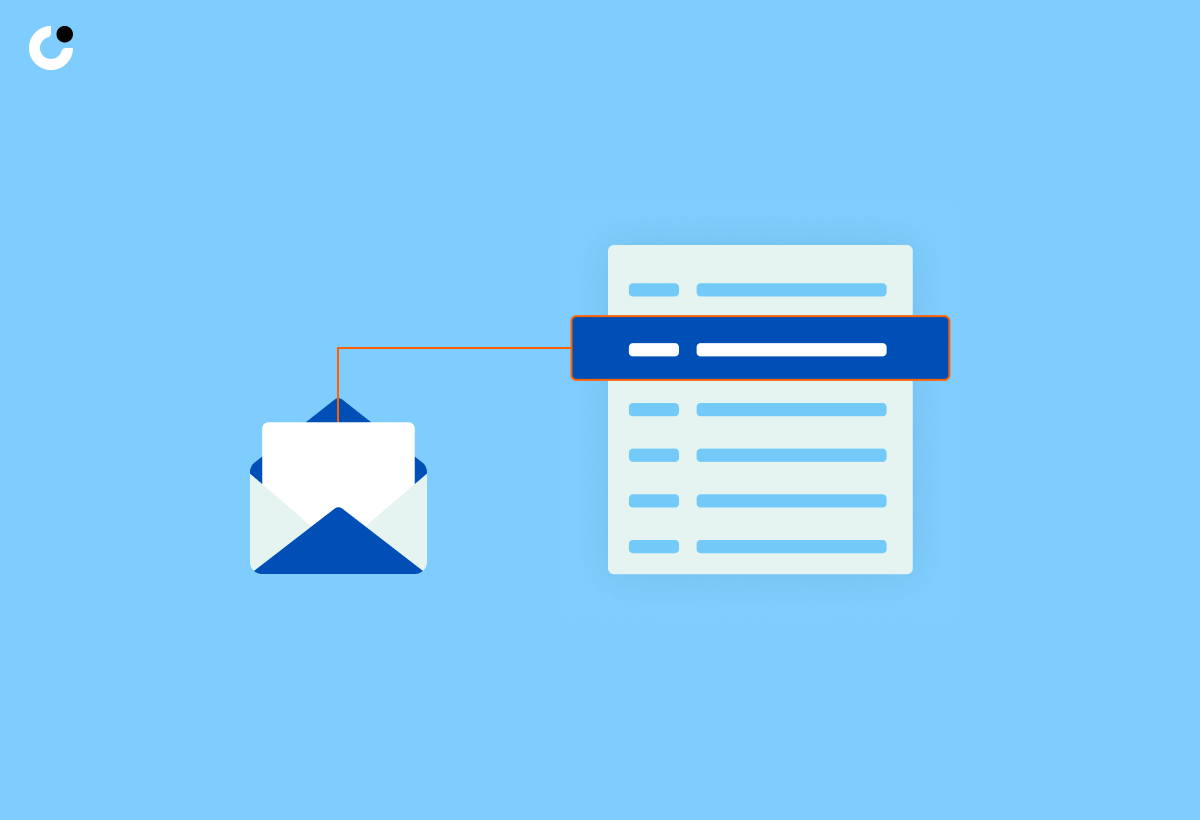
Recapping the main points discussed in a meeting is crucial for reinforcing key takeaways, aligning on meeting outcomes, and documenting essential details within the CRM system.
When crafting a follow-up email after a meeting, it is essential to outline the major decisions made, action items assigned, and deadlines set during the discussion. Summarizing these key points concisely helps ensure that all participants are on the same page and have a clear understanding of the next steps. Reiterating any agreements reached and outlining responsibilities can help prevent misunderstandings and ambiguities in the future.
Action Items and Responsibilities
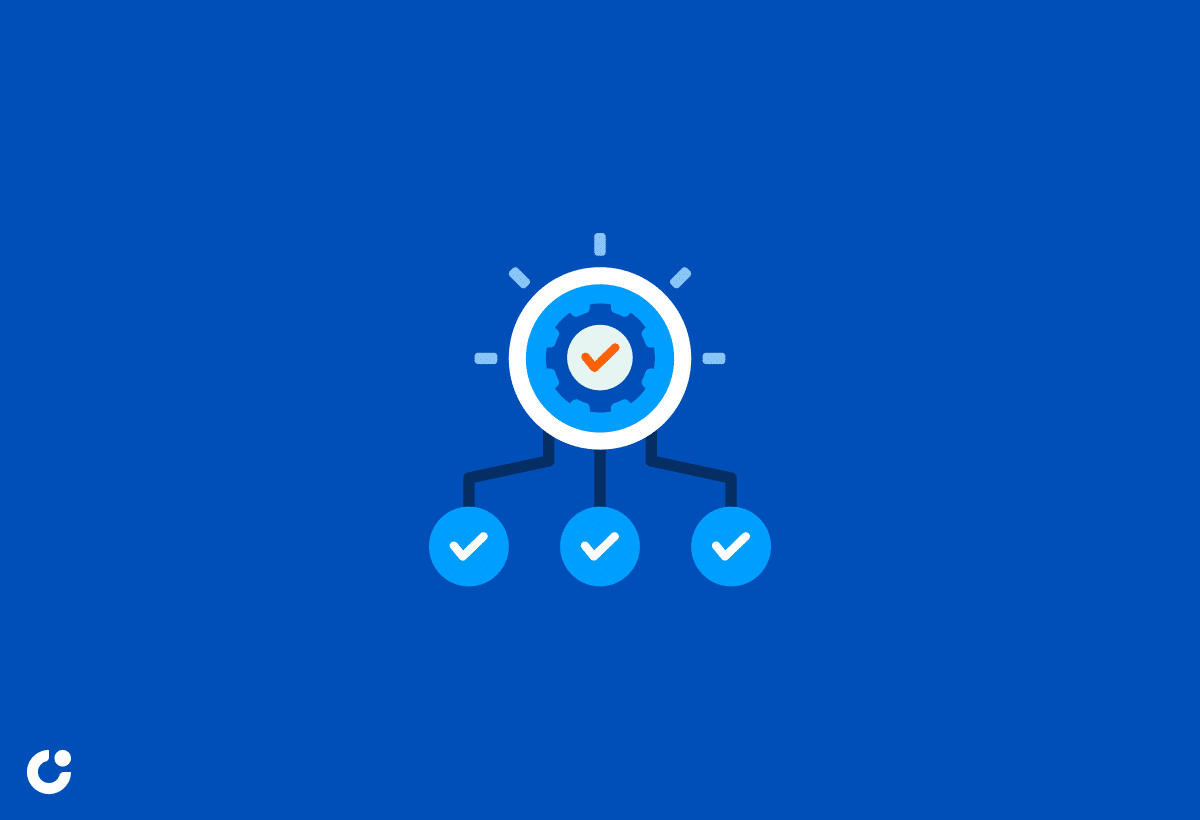
Including action items and assigned responsibilities in a follow-up email is vital for clarifying actionable tasks, setting expectations, and ensuring a well-defined follow-up strategy. Each team member's responsibilities must be clearly outlined for effective task execution.
By detailing specific action items, individuals can grasp precisely what is expected of them, leading to a more organized and efficient workflow. This approach eliminates confusion about who is responsible for what and fosters accountability within the team. Allocating responsibilities in a follow-up email helps prioritize tasks, avoid duplication of efforts, and track progress effectively. For instance, using clear and concise language to define tasks and deadlines ensures everyone is on the same page and can take appropriate actions swiftly.
Timeline and Next Steps

Establishing a timeline and outlining next steps in a follow-up email are essential for setting expectations, planning future engagements, and aligning on follow-up timing. These details contribute to effective meeting strategies and ensure continuity in communication.
Having a clear timeline provides a structured approach, ensuring that all parties involved are on the same page about deliverables and deadlines. It sets a precedent for accountability and follow-through. Scheduling the next meeting in the follow-up email helps maintain momentum and keeps the conversation flowing smoothly.
Tips for Crafting a Perfect Follow-Up Email
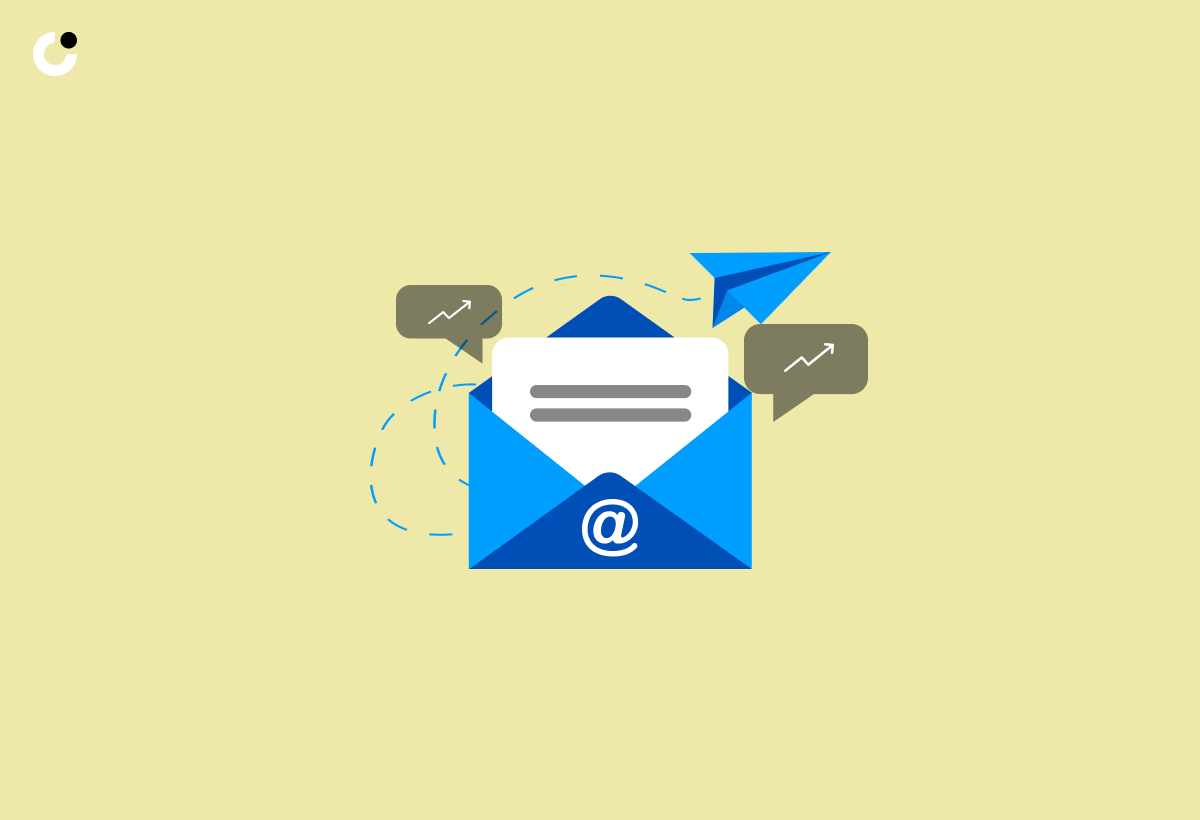
Crafting a perfect follow-up email involves timely delivery, personalized messages, concise communication, and effective email structure. Clear email clarity and the incorporation of valuable feedback are essential for successful follow-up communication.
When following up via email, it is crucial to deliver your message at the right moment. Ambushing the recipient with constant emails can be off-putting. Personalizing your email shows that you care about building a relationship and not just making another transaction.
Keeping your communication concise is key. Long-winded emails may lose the recipient's interest. Make your points clearly and succinctly, focusing on the most important aspects. Ensure that your email is easy to skim, with the main message being instantly recognizable.
Valuable feedback can be a game-changer. Encourage recipients to share their thoughts and opinions, fostering a sense of engagement. Constructively incorporating feedback can enhance your relationship with the recipient and improve future interactions.
Be Timely

Timeliness is key when it comes to sending follow-up emails, as prompt communication reinforces engagement, ensures post-meeting follow-ups, and facilitates actionable follow-ups. Sending emails promptly after an interaction enhances their impact and demonstrates commitment.
In the realm of business communication, the saying 'time is of the essence' holds significant weight. In terms of follow-up emails, the timeliness factor can make all the difference in solidifying relationships and moving projects forward. By promptly sending a follow-up email, you show that you value the connection made during the meeting or interaction. This not only keeps the momentum going but also sets a positive tone for future collaborations.
Personalize Your Message
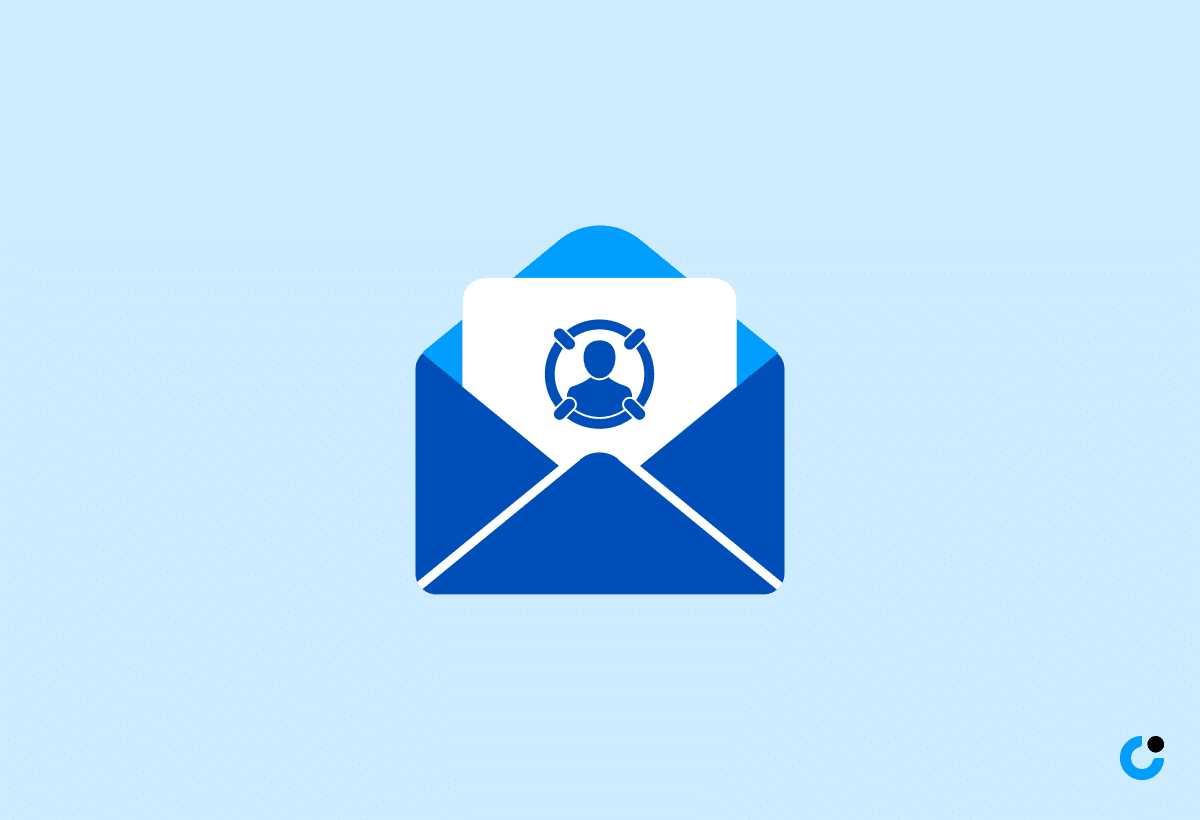
Personalizing your follow-up message based on the recipient and the nature of the interaction fosters a deeper connection, builds rapport, and enhances relationship-building. Tailoring messages to individual recipients, especially in customer meetings, leads to more meaningful and impactful communication.
This personalized approach demonstrates to the recipient that you value their time, opinions, and specific needs, making them feel acknowledged and appreciated. For instance, addressing a potential client by referencing a recent conversation or highlighting a shared interest shows attentiveness and helps in establishing a stronger bond. A tailored follow-up not only conveys professionalism but also underscores your commitment to understanding their unique requirements and preferences, thus setting a strong foundation for a lasting relationship.
Keep It Concise and Clear
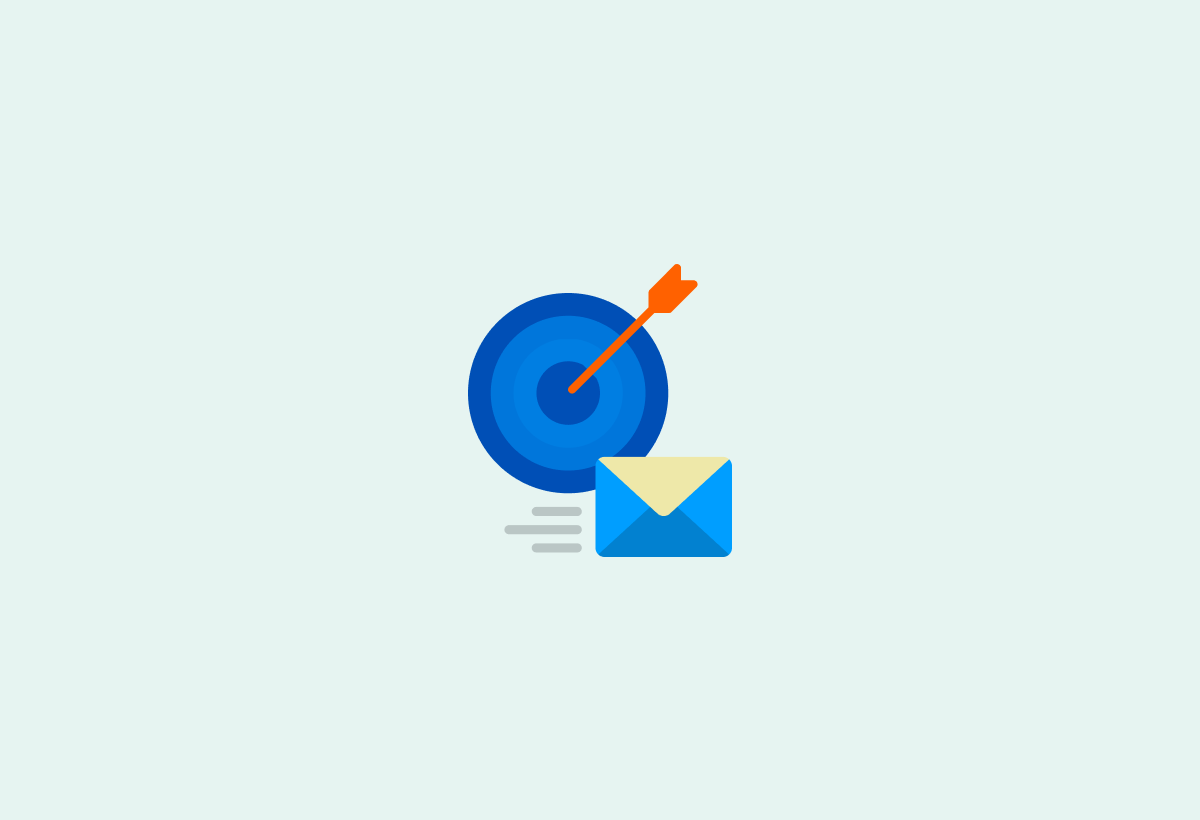
Maintaining concise and clear communication in follow-up emails is essential for conveying information effectively, enhancing the email structure, and ensuring actionable tasks are understood. Clarity in communication fosters understanding and expedites decision-making processes.
When structuring a follow-up email, it's crucial to start with a clear subject line that summarizes the main purpose. Use short, direct sentences and paragraphs to present information logically. Bullet points or numbered lists can help break down complex details and actionable tasks for better comprehension. Avoid jargon and ambiguous language, opting instead for straightforward and simple phrasing. It's beneficial to use headers to organize different sections, making it easier for the recipient to navigate the content and locate specific details.
Utilizing Tools for Seamless Meeting Follow-Ups
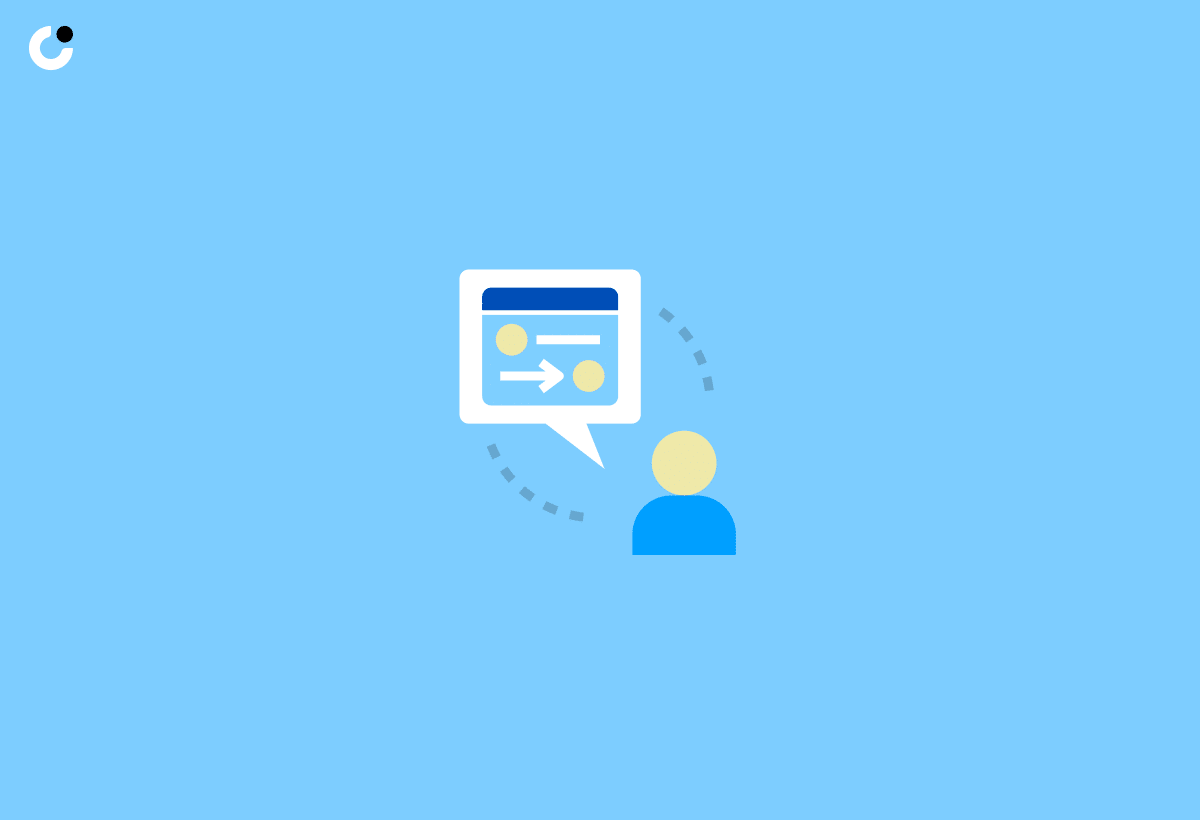
Leveraging tools such as digital sales rooms, AI meeting summaries, and advanced meeting analytics streamlines meeting follow-ups and enhances the quality of post-meeting interactions. These tools facilitate comprehensive insights, automate processes, and optimize engagements within CRM systems.
Utilizing digital sales rooms allows teams to securely share presentations, documents, and sales collateral in one centralized platform, ensuring easy access for all stakeholders. AI meeting summaries help in capturing key discussion points accurately, reducing the time needed to create detailed meeting notes.
Meeting analytics tools offer real-time data on participant engagement, agenda effectiveness, and action items, enabling teams to make informed decisions quickly and strategically. Integrating these tools into CRM systems provides a seamless flow of information, enhancing communication between sales teams and clients.
Follow-Up Email Templates for Different Scenarios

Utilizing follow-up email templates tailored for various scenarios, including internal team meetings, sales meetings, and customer meetings, streamlines the process of providing meeting feedback and sending personalized messages for effective business communication.
For internal team meetings, a well-crafted follow-up email can summarize key points discussed, assign action items, and provide timelines to ensure accountability and progress tracking.
Sales meetings often call for a more sales-oriented approach, showcasing appreciation for clients' time, highlighting value propositions discussed, and including next steps for potential deals.
Customer meetings benefit from a personalized touch, expressing gratitude for their partnership, sharing follow-up resources, and ensuring a smooth post-meeting experience.
Adapting the content of these templates to the specific context and needs of each meeting fosters stronger relationships and enhances overall business outcomes.
Internal Team Meeting Follow-Up
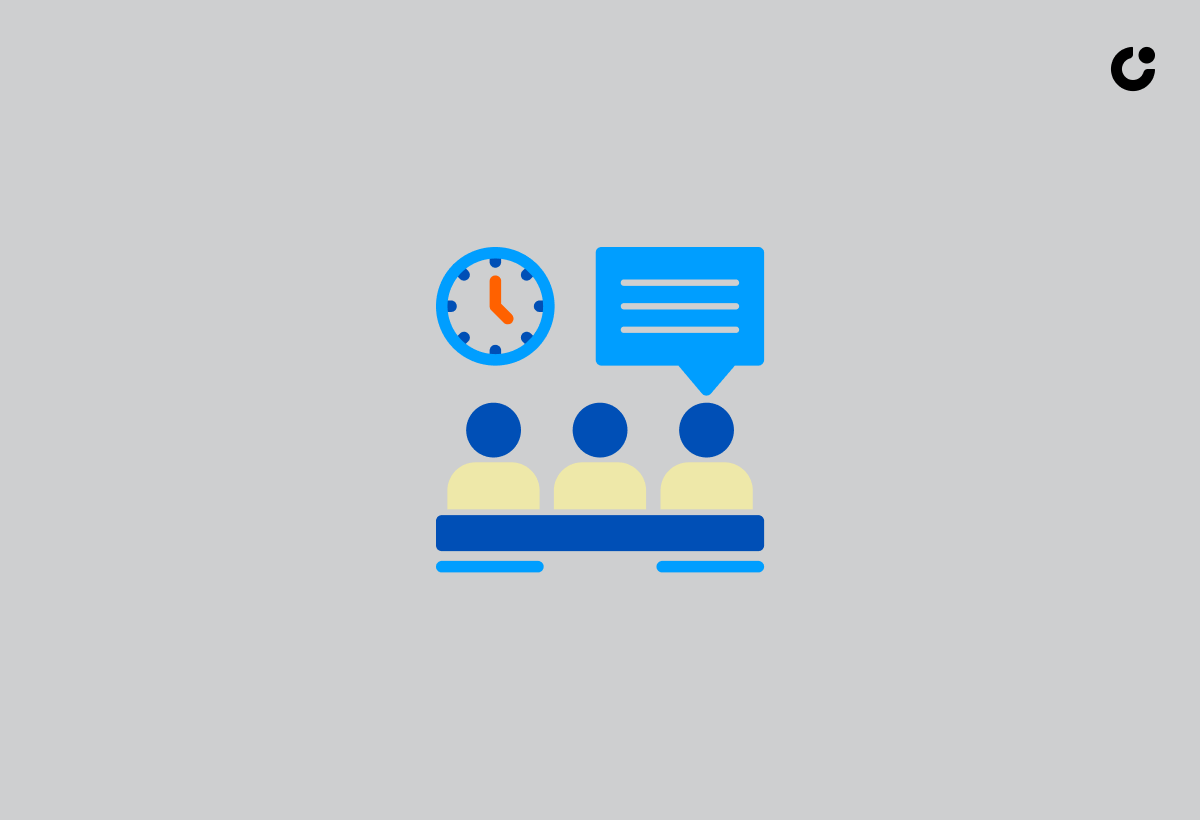
Following up on internal team meetings involves summarizing meeting outcomes, evaluating meeting engagement, and utilizing AI meeting summaries for enhanced understanding. These follow-ups contribute to team cohesion, performance evaluation, and strategic alignment.
Summarizing meeting outcomes is crucial as it helps in capturing the key decisions, action items, and discussions for future reference.
Evaluating meeting engagement allows team leaders to gauge the level of participation, identify areas for improvement, and ensure that everyone feels heard and valued.
Utilizing AI meeting summaries provides a comprehensive overview of the meeting, highlighting key points, sentiment analysis, and areas of focus.
To enhance team cohesion, it is essential to communicate the outcomes effectively, address any concerns raised during the meeting, and recognize and appreciate valuable contributions.
Effective follow-up communication fosters a culture of transparency, accountability, and continuous improvement within the team.
Sales Meeting Follow-Up

Conducting effective sales meeting follow-ups involves outlining actionable follow-ups, tracking progress from the business meeting, and integrating feedback into the CRM system for continuous improvement. These follow-ups strengthen client relationships, drive sales strategies, and optimize business outcomes.
One crucial aspect of impactful sales meeting follow-ups is the implementation of personalized communication strategies tailored to each prospect's needs and preferences. By demonstrating a genuine interest in the client's specific requirements, sales professionals can cultivate trust and rapport, paving the way for long-term partnerships.
Integrating feedback from follow-up interactions into the CRM system enables organizations to gain valuable insights into customer preferences, pain points, and buying behaviors. This data-driven approach give the power tos sales teams to refine their strategies, tailor their offerings, and ultimately increase conversion rates and customer satisfaction.
Customer Meeting Follow-Up

After customer meetings, effective follow-ups entail providing a comprehensive meeting recap, aligning on meeting outcomes, and sending personalized messages to enhance customer relationships. These follow-ups nurture customer loyalty, address concerns, and drive customer satisfaction.
Following up after customer meetings is a crucial step in maintaining strong client relationships. By summarizing the key points discussed during the meeting, ensuring everyone is clear on the next steps, and tailoring messages to the individual needs and preferences of each customer, you show that you value their time and input. This personalized approach not only strengthens the connection between you and the customer but also helps in resolving any noted issues during the meeting.
These follow-ups play a significant role in enhancing customer loyalty. By showing that you are attentive to their needs and committed to fulfilling their expectations, you build trust and credibility. Customers appreciate feeling heard and acknowledged, which in turn leads to increased satisfaction with your services.
FAQs on Meeting Follow-Up Emails

Navigating the landscape of meeting follow-up emails can raise questions on strategies, actionable tasks, effective communication, and best practices. Addressing these FAQs can enhance post-meeting interactions and streamline communication processes.
Understanding the importance of timing in sending a follow-up email after a meeting is crucial. It's recommended to send the email within 24-48 hours to keep the discussion fresh in everyone's minds.
Personalizing the email with key points discussed during the meeting can show attentiveness. Including a clear call to action, whether it's setting up a follow-up meeting or sharing relevant resources, is essential for moving the conversation forward.
Using a professional tone and ensuring clarity in your message can leave a positive impression on the recipients.
How to Follow Up After a Meeting?

Following up after a meeting involves understanding the importance of post-meeting interactions, determining next steps, and defining actionable tasks for effective follow-up. Implementing a structured follow-up strategy enhances communication clarity and ensures continuity in engagement.
One crucial aspect of effective post-meeting follow-up is to send a personalized thank-you email to all participants, summarizing key points discussed and detailing the agreed-upon action items. This not only reaffirms your appreciation for their time but also reinforces the shared understanding of the meeting outcomes.
Scheduling a follow-up meeting or setting up regular progress check-ins can help keep the momentum going and ensure that everyone is on track with their assigned tasks. By clearly outlining responsibilities and deadlines, you establish accountability and foster a culture of collaboration.
Utilizing Tools for Effective Meeting Follow-Ups

Leveraging tools such as meeting feedback platforms, CRM systems, AI meeting summaries, and meeting analytics streamlines the process of conducting effective meeting follow-ups.
These tools enhance post-meeting interactions by providing valuable insights into participants' feedback, allowing for timely adjustments and improvements. CRM systems integrated with meeting feedback data enable organizations to track and nurture relationships more effectively, leading to long-term business growth and customer retention.
In addition, AI meeting summaries automate the process of capturing key discussion points, action items, and decisions made during meetings. This not only saves time but also ensures accurate documentation for future reference and compliance purposes.
Key Components of an Effective Follow-Up Email
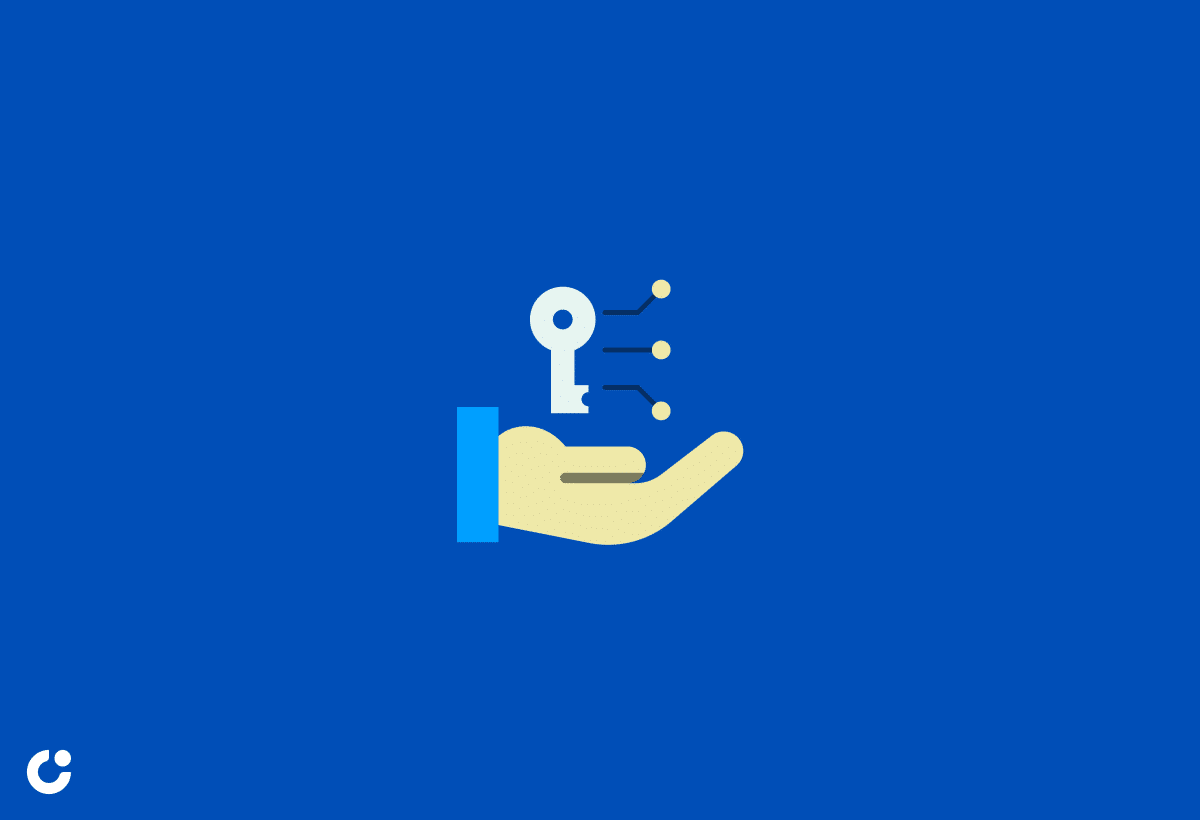
An effective follow-up email comprises a concise recap of key points discussed, actionable follow-ups, and a structured summary of the meeting content. Its email structure plays a crucial role in conveying information effectively and facilitating further actions.
One of the main components that contribute to the success of a follow-up email is the ability to clearly and succinctly summarize the main discussion points, ensuring that all parties are on the same page moving forward. This summary serves as a quick reference guide that aids in maintaining focus and clarity.
Outlining specific actionable follow-ups is essential in guiding recipients on the necessary steps or responses required from their end. By highlighting these actionable items, you enhance the chances of prompt and accurate follow-through.
A well-structured email not only promotes readability but also assists in organizing information in a coherent manner, making it easier for the recipient to grasp the key takeaways and respond accordingly.
Tips for Crafting the Perfect Follow-Up Email

Crafting the perfect follow-up email involves timely delivery, personalized messages, concise communication, and effective email structure. Clear email clarity and the incorporation of valuable feedback are essential for successful follow-up communication.
One key strategy for creating a compelling follow-up email is to ensure it is sent promptly after the initial interaction to keep the conversation fresh in the recipient's mind. Additionally, personalizing the message by referring to specific details from the previous communication or demonstrating genuine interest in the recipient's needs can help build a strong connection. Maintaining a concise and to-the-point message is crucial to keep the reader's attention and avoid overwhelming them with excessive information.
Frequently Asked Questions
What should be included in a meeting follow-up email?
A meeting follow-up email should include a brief summary of the discussion, action items assigned to each participant, and the date and time of the next meeting.
How do I start a meeting follow-up email?
Begin your meeting follow-up email by addressing the participants and thanking them for their time and contributions during the meeting.
Should I send a meeting follow-up email immediately after the meeting?
It is recommended to send the meeting follow-up email within 24 hours after the meeting to ensure that the discussion and action items are still fresh in everyone's minds.
Is it necessary to include a timeline for action items in a meeting follow-up email?
Yes, including a timeline for action items in a meeting follow-up email helps to hold participants accountable and ensures that tasks are completed in a timely manner.
How can I make a meeting follow-up email effective?
To make a meeting follow-up email effective, be concise and to the point, use bullet points to highlight action items, and provide clear instructions and expectations for each task.
What if a participant did not attend the meeting? Should I still send them a follow-up email?
Yes, it is important to keep all participants informed about the discussion and action items, even if they were unable to attend the meeting. Make sure to provide a brief summary and assign them any relevant action items.

